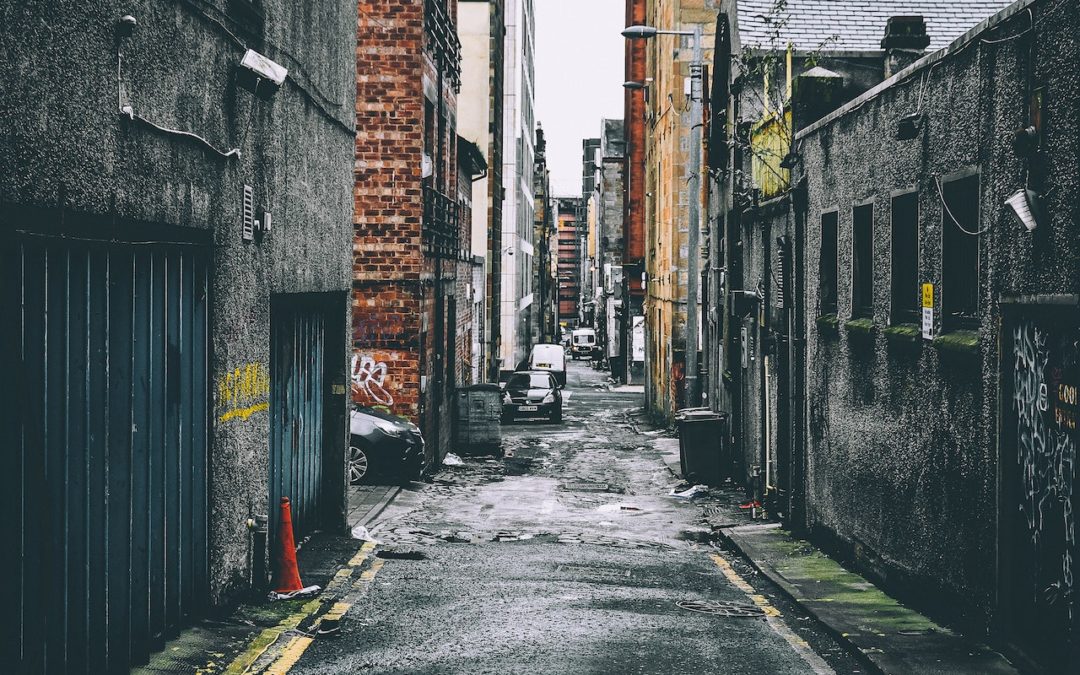Urban regeneration is a term sometimes conflated with urban renewal. However, there are significant differences between the two. Urban renewal is a city planning strategy aimed at transforming blighted areas through economic development, while urban regeneration is focused on addressing the social and economic issues of a particular urban area.
Critics of urban renewal argue that this process leads to gentrification, which forces lower-income residents out of their neighborhoods. Urban regeneration, on the other hand, can be a powerful redevelopment tool that yields economic growth while improving the quality of life for the people currently residing in the neighborhoods targeted for development.
Let’s take a closer look at how urban regeneration can prioritize the lives of city residents and function as a tool for improving their quality of life.
What Is Urban Regeneration?
Urban regeneration sounds great in practice, but how are these goals achieved? These projects are based on a long-term plan and vision that prioritizes energy efficiency and social inclusivity in the city.
Many cities have underutilized resources and assets. These sections of underused land represent a waste of resources that can make a city less livable and less economically productive. Some cities affected by this issue of urban decay have begun developing urban regeneration projects to address the problem. If used properly, these resources, assets, and land could drastically improve the quality of life for all residents.
The Four Phases of Urban Regeneration
The World Bank has identified four phases of urban regeneration projects. Let’s take a closer look at each phase.
1. Scoping
Scoping is the first step in the process and involves strategically assessing the current state of the city. Planners work toward identifying the areas that could benefit most from regeneration projects and then discuss potential courses of action for regenerating these areas. This stage involves considering the current unique needs of the city and how the regeneration project can help the area become successful in the future.
2. Planning
The planning phase builds off scoping by developing a strong framework for putting the regeneration project into action. During this stage, planners will develop a long-term vision and attempt to plan for unexpected changes and unforeseen challenges related to the current market or politics. By the end of the planning phase, the team should have documentation of all land, community, and environmental issues that could arise.
3. Financing
Needless to say, the large scope of urban regeneration projects often requires significant capital. Once a strong plan has been developed, the project will need to secure financing, which often comes from both the public and private sectors.
4. Implementation
The final phase is implementation, where the vision is finally put into action. During this phase, the urban regeneration project is built through stable institutions and an organization that is set up for long-term success. Partners in both the private and public sectors collaborate with the project planners to bring the plan to fruition during this final phase.
Does Urban Regeneration Cause Gentrification?
While the potential positive effects of urban regeneration are immense, there also can be unintended consequences. Namely, the neighborhoods targeted for these projects are at risk of gentrification and displacement. This occurs when a community’s lower-income residents are pushed out due to rising costs while residents and businesses that can afford the resulting higher rents move in.
Gentrification is a complex issue, as there are pros as well, such as economic development, new businesses, and lower crime rates. However, the displacement of lower-income residents in favor of higher-net-worth newcomers is an issue that should always be considered when developing urban regeneration projects.
Loss of Social Capital as an Unintended Consequence
Related to gentrification, loss of social capital is a second unintended consequence of urban regeneration. This refers to a loss of community ties, including social norms, local knowledge, neighborly obligations and expectations, and trust. The World Bank defines social capital as the “collective value of all social networks” within the community.
Prioritizing the Social Factors in Urban Regeneration Planning
The designers of urban renewal projects must prioritize the social aspects of the project at the same level as the environmental and economic considerations.
Minimizing displacement should always be the top priority when planning to avoid negative social consequences. The impact of resettlement should also be accounted for during the planning process.
When used in a socially conscious way, urban regeneration has the potential to transform cities and the quality of life for inhabitants of those cities. A well-rounded project should dedicate equal attention to the social, economic, and environmental impacts of the project.
Ideally, these three facets will be mutually beneficial. For example, a green energy project could improve the environment and provide economic benefits by providing thousands of new jobs to members of the community.

